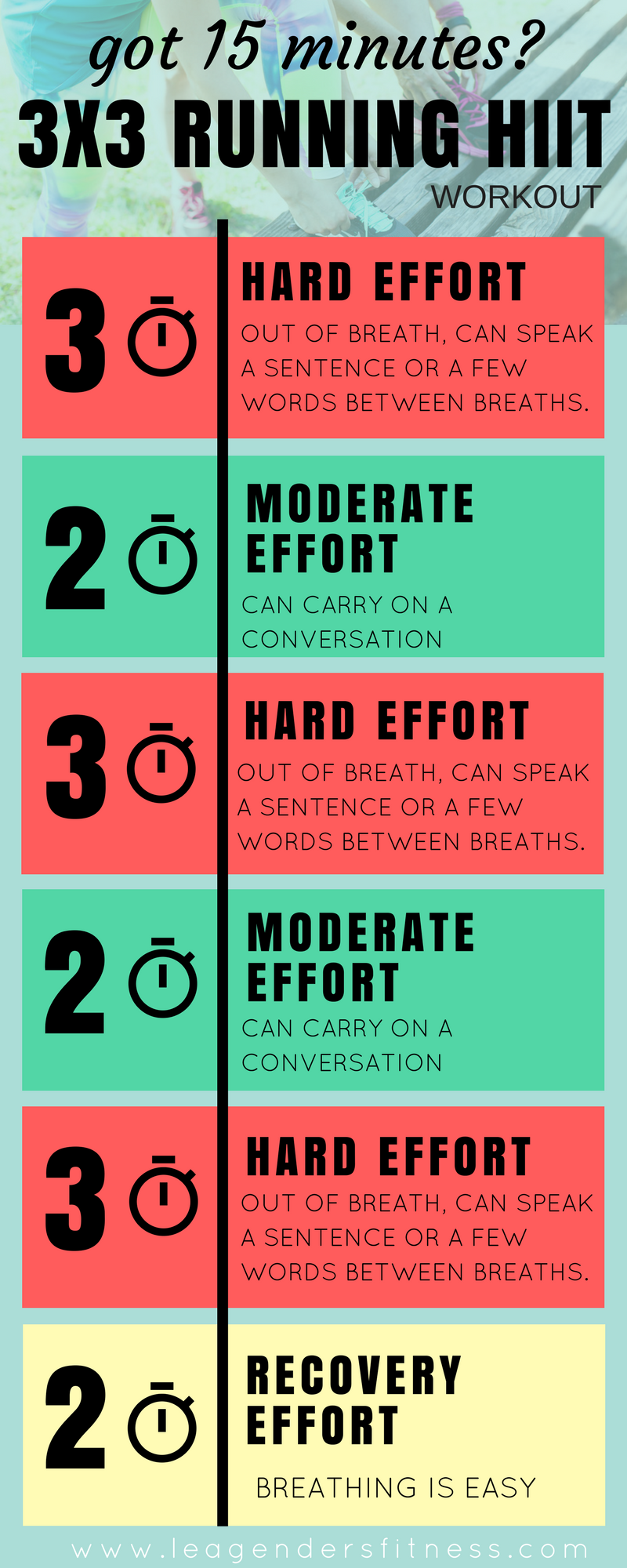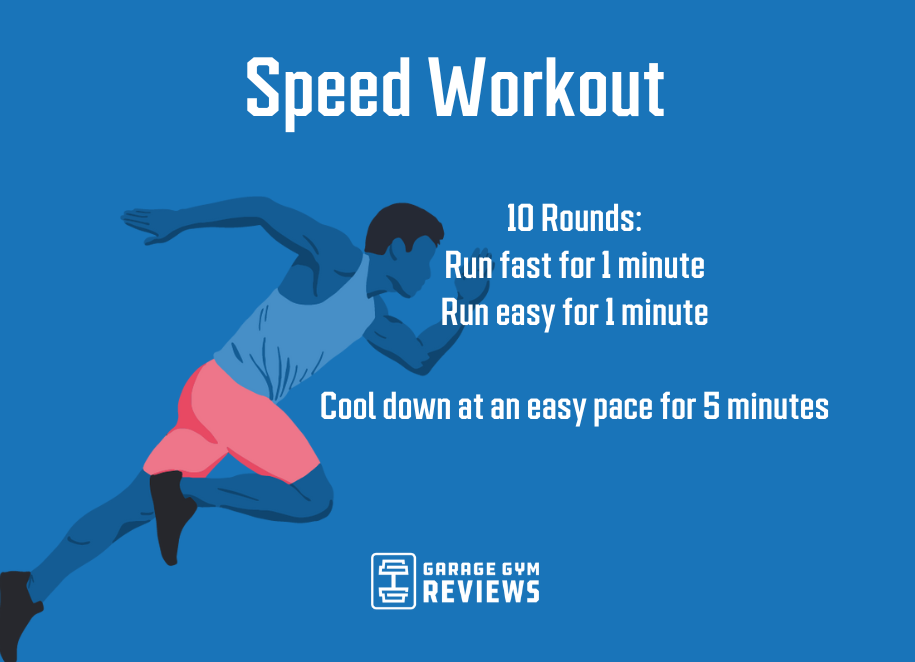The Ultimate Overview to Managing Discomfort When Running
Whether you are a skilled marathoner or just beginning your running journey, comprehending the different types of discomfort that can arise and the methods to address them is critical. From pre-run warm-up regimens to correct shoes option, there are numerous variables to take into consideration when it comes to dealing with pain while running.

Comprehending Various Kinds Of Running Discomfort
When running, it is vital to differentiate in between different kinds of discomfort to avoid injuries and make the most of performance (Read More). One common sort of pain that joggers might experience is muscle mass soreness, which normally occurs from the tension put on muscular tissues throughout exercise. This kind of discomfort is frequently a normal part of the running process and can be managed via correct workout, cool-down, and extending regimens
An additional sort of discomfort to be knowledgeable about is joint pain. Joint pain can show concerns such as overuse, improper form, or underlying conditions like arthritis. Disregarding joint pain can result in extra extreme injuries, so it is vital to address any type of discomfort immediately and perhaps seek expert suggestions.
Furthermore, sharp or stabbing discomforts need to not be neglected. These kinds of discomfort can signify intense injuries such as pressures, sprains, or anxiety fractures - running strategy. Continuing to run via these kinds of discomfort can worsen the injury and extend recuperation time

Pre-Run Warm-Up and Extending Regular
To prepare the body for a running session, executing an effective pre-run workout and stretching routine is vital. A proper workout assists enhance blood circulation to the muscular tissues, enhances flexibility, and minimizes the danger of injury throughout the run. By incorporating a regular pre-run workout and stretching regular into your running routine, you can enhance efficiency and lessen the risk of pain or injury.
Appropriate Footwear Option and Fit
Choosing appropriate shoes that fits well is vital for runners to stop pain and lower the danger of injuries. Uncomfortable footwear can result in sores, black toenails, shin splints, and other painful problems that can prevent efficiency and sideline training. When choosing running why not try here shoes, it is crucial to take into consideration elements such as foot type, running gait, arch support, cushioning, and shoe dimension. running strategy. Checking out a specialized running store for a stride analysis and expert installation can aid make sure that you select the right shoes for your private needs. Running shoes ought to supply adequate support and stability while additionally being comfortable and light-weight. In addition, it is advised to replace your operating footwear every 300-500 miles to keep proper cushioning and support. Spending in top notch footwear that is ideal for your running design and foot anatomy is an aggressive step towards protecting against discomfort and injuries throughout your runs.
Nourishment and Hydration Tips for Discomfort Avoidance

Hydration is similarly crucial for runners to stay clear of pains, dehydration, and other discomforts that can lead to discomfort during running. It is suggested to consume alcohol a sufficient amount of water throughout the day and especially previously, throughout, and after running sessions. Electrolyte-rich beverages or sports drinks can likewise be beneficial for renewing shed minerals and maintaining appropriate liquid equilibrium. running workout (Read More). By focusing on nourishment and hydration, runners can boost their performance, decrease pain, and appreciate a more comfy running experience.
Post-Run Healing Techniques to Ease Discomfort
Carrying out reliable recovery methods is essential for relieving discomfort and advertising muscle healing after running sessions. One vital post-run recovery technique is stretching. Including fixed go for major muscle groups can aid reduce muscle tension and discomfort. Foam rolling is an additional beneficial practice to release muscle mass rigidity and boost blood circulation to the muscular tissues, helping in quicker healing. In addition, topping aching locations for 15-20 mins can help in reducing inflammation and numb pain post-run.
Eating a well balanced snack or meal that consists of protein and carbohydrates within 30 mins of completing a run can help fix muscle mass tissue and replenish power stores. By integrating these post-run recuperation methods into your routine, you can effectively manage pain and maximize your running performance.
Final Thought
To conclude, attending to various types of running pain via correct workout, extending, footwear option, nourishment, hydration, and post-run healing techniques is essential for discomfort prevention and administration. By comprehending the sources of pain and executing these strategies, joggers can minimize pain and potential injuries. It is critical to prioritize total physical health and wellness and health to guarantee an effective and pleasurable running experience.